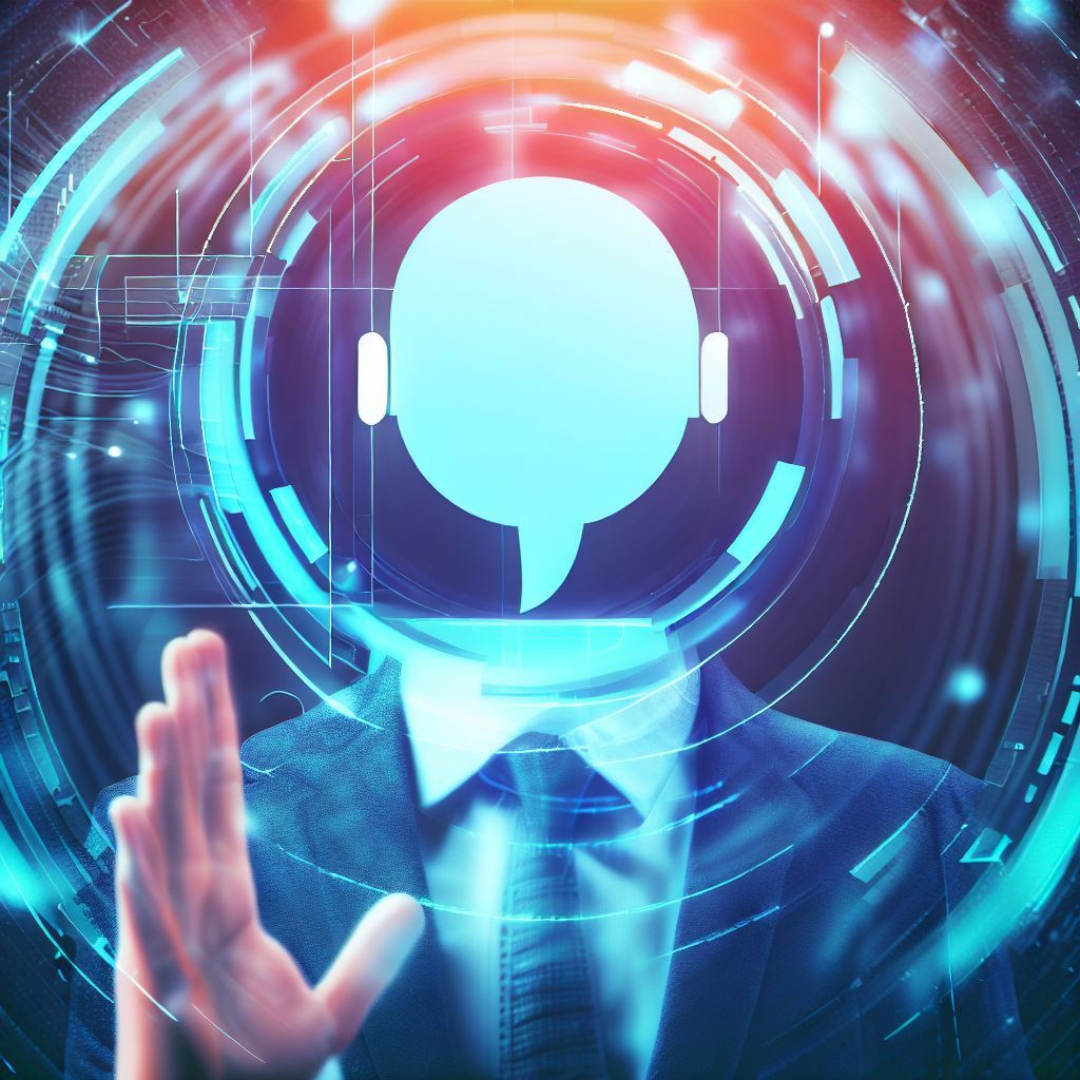OpenAI has unveiled audio and image capabilities for ChatGPT, broadening its functionality beyond written prompts.

OpenAI has unveiled audio and image capabilities for ChatGPT, broadening its functionality beyond written prompts. This enhancement, set to roll out to paid versions of the application over the next two weeks, aims to provide users with a more interactive experience. The announcement has elicited a spectrum of reactions, with some celebrating the advancement while others voicing concerns.
Expanded Capabilities: What Users Can Do
With the introduction of voice features, users can engage in spoken conversations with the chatbot, bringing it closer in resemblance to popular AI assistants like Apple’s Siri and Amazon’s Alexa.
Additionally, ChatGPT’s voice functionality enables it to narrate bedtime stories, settle debates, and audibly relay text input from users. The technology underpinning this update is also utilized by Spotify, allowing podcasters to seamlessly translate content into various languages.
Users now have the ability to upload one or multiple images to the interface, accompanied by a drawing tool to emphasize specific elements within the image. This vision feature has practical applications, such as troubleshooting appliance issues, planning meals based on fridge contents, or analyzing complex data graphs for professional purposes.
Mixed Reactions and Concerns
While some users have expressed excitement over the expanded capabilities, others have raised valid concerns. Trevor Darrell, a professor at UC Berkeley and a co-founder of Prompt AI, highlighted the potential challenge of striking the right balance between human-like interactions and ease of use.
Furthermore, there are apprehensions surrounding OpenAI’s recent legal challenges, specifically regarding copyright violations and intellectual property rights. Some users caution against using ChatGPT in light of these controversies.
Critics also speculate about potential ramifications for smaller AI startups, software engineers, and educators, as the technology evolves and becomes more sophisticated.
Addressing Risks and Limitations
OpenAI acknowledges the risks associated with the voice feature, particularly the potential for fraudulent activities and impersonation. To mitigate this, the company has specified that the technology is designed for specific use cases and involves collaboration with voice actors directly engaged by OpenAI.
In terms of image recognition, OpenAI acknowledges the potential for image hallucinations, where the AI may generate false information about an image. To counteract this, the company has implemented technical safeguards to restrict ChatGPT’s ability to make definitive statements about individuals.
While the introduction of voice and image capabilities represents a significant step forward for ChatGPT, it also underscores the need for vigilance and responsible implementation to address potential risks and ensure a positive user experience.